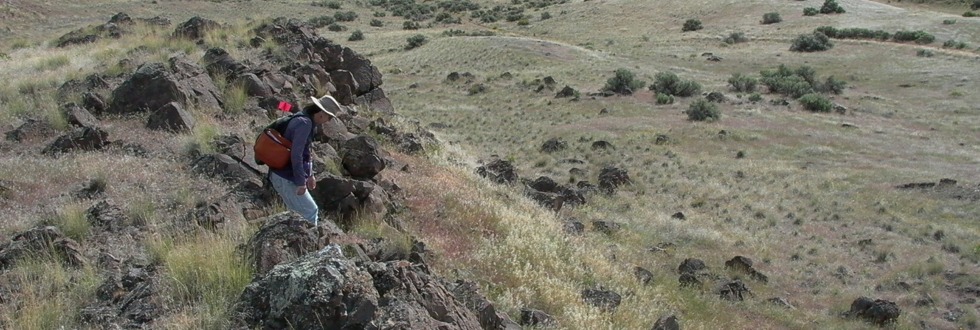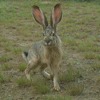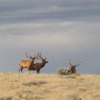The shrub-steppe ecosystem supports unique assemblages of plants and animals adapted to the semi-arid climate of the western U.S. In eastern Washington, some of the last relatively undisturbed shrub-steppe communities occur on federal lands that have been off limits to development for decades. The Hanford Reach of the Columbia River, which flows through this region, provides rich and nurturing environments for fish, shellfish, and other macro-invertebrates. It supports one of the largest populations of wild fall Chinook salmon remaining in the Pacific Northwest and lamprey, a species of concern. The Reach also is designated critical habitat for federally listed spring Chinook salmon and steelhead, and bull trout, a threatened species.
The EAS team offers extensive experience in characterizing and assessing terrestrial and aquatic ecosystems in this region. Our staff members have supported and led monitoring projects in the shrub-steppe and inland waterways for decades. Our long-term studies of the region provide clients with a unique breadth and depth of knowledge and understanding not readily available. We have a long and successful history working with natural resource managers on the Hanford Site and in the Federal Columbia River Hydropower System to ensure their actions don’t jeopardize the survival of important biological species or impact habitats crucial to their conservation.
Featured Projects
 Public Safety & Resource Protection - Ecological Monitoring Project
Public Safety & Resource Protection - Ecological Monitoring Project
Protecting priority species and habitats on the Hanford Site
Photo credit: Larry Ridenhour
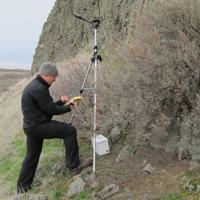 Locating and Protecting Bat Roosting Locations
Locating and Protecting Bat Roosting Locations
Identifying and protecting priority roosting habitats for state monitor species
 Mapping Known and Potential Snake Hibernacula Locations
Mapping Known and Potential Snake Hibernacula Locations
Monitoring known essential habitat to maintain populations of common and rare snake species
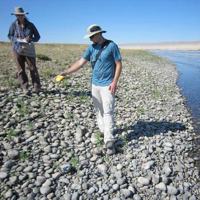 Surveying Rare Plants on the Hanford Site
Surveying Rare Plants on the Hanford Site
Mapping the distribution of rare plants to minimize disturbance
 Counting Fall Chinook Salmon Redds and Identifying Redds Located in Areas of Potential Contaminated Groundwater Upwelling
Counting Fall Chinook Salmon Redds and Identifying Redds Located in Areas of Potential Contaminated Groundwater Upwelling
Supporting national and regional efforts to protect Northwest salmon populations
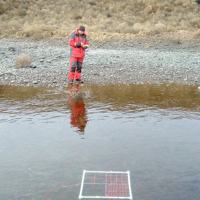 Characterizing Aquatic Habitat for Steelhead Spawning
Characterizing Aquatic Habitat for Steelhead Spawning
Conducting surveys in the 100 Area, 300 Area, and inter-areas of the Hanford Reach to determine if steelhead spawning habitat exists in these locations, according to accepted habitat suitability criteria, and documenting any steelhead spawning activity (fish or redds) at these sites
 Assessing Steelhead Spawning Habitat in the Hanford Reach
Assessing Steelhead Spawning Habitat in the Hanford Reach
Identifying potential spawning areas of an ESA-listed species that provides a primary component of tribal fisheries in the Columbia Basin
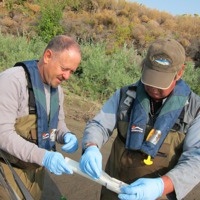 Characterizing Juvenile Pacific Lamprey Habitat
Characterizing Juvenile Pacific Lamprey Habitat
Performing the first assessment of larval Pacific lamprey on the Hanford Reach to better define the basic biology of the species and identify available habitat
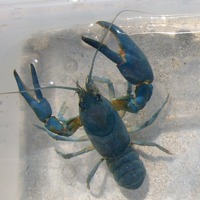 Characterizing Mollusks and Other Macro-Invertebrates
Characterizing Mollusks and Other Macro-Invertebrates
Evaluating species diversity, abundance, and biomass and measuring contaminant uptake
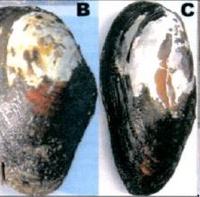 Assessing Species Composition, Densities, and Distribution of Native Freshwater Mussels
Assessing Species Composition, Densities, and Distribution of Native Freshwater Mussels
Providing a more comprehensive characterization of freshwater mussel species composition and distribution in the Hanford Reach
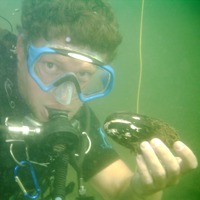 Performing Freshwater Mussel Surveys in the Hanford Reach
Performing Freshwater Mussel Surveys in the Hanford Reach
Mapping the distribution, abundance, and habitat characteristics of federal and state species of concern and assessing potential impacts from hazardous waste site operations
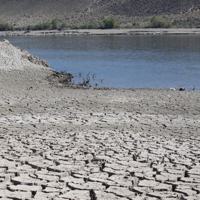 Assessing Potential Benthic Community Impacts from a Columbia River Drawdown
Assessing Potential Benthic Community Impacts from a Columbia River Drawdown
Conducting land- and water-based surveys to characterize benthic communities potentially affected by the water-level reduction
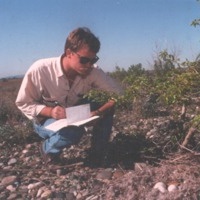 Evaluating the Status and Condition of Canada Geese on the Hanford Reach
Evaluating the Status and Condition of Canada Geese on the Hanford Reach
Conducting long-term monitoring to assess potential effects of Hanford Site operations on wildlife
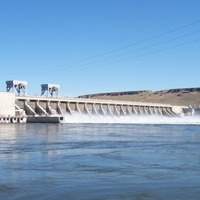 Identifying and Counting Migrating Fish
Identifying and Counting Migrating Fish
Assisting resource managers evaluate the status of fish stocks in the Columbia River, particularly threatened and endangered species
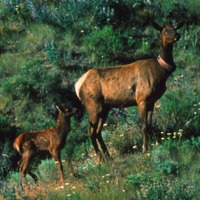 Documenting Rocky Mountain Elk Use Areas and Relative Abundance
Documenting Rocky Mountain Elk Use Areas and Relative Abundance
Documenting elk use areas, relative abundance, and possible changes in elk use patterns as a result of hunting
© Lawrence E. Bowman 2000, used with permission
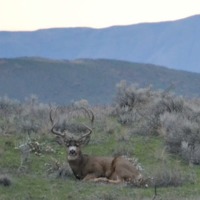 Assessing Age, Sex Ratios, and Frequency of Testicular Atrophy in Mule Deer
Assessing Age, Sex Ratios, and Frequency of Testicular Atrophy in Mule Deer
Conducting mule deer surveys on the Hanford site to assess population characteristics
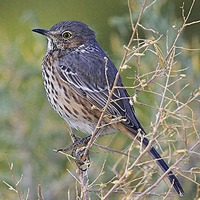 Preserving Avian Habitats and Populations – Sagebrush-Obligate Species
Preserving Avian Habitats and Populations – Sagebrush-Obligate Species
Documenting species abundance and distribution and evaluating potential disturbance of valued habitats over large portions of the Hanford Site
Photo credit: U.S. Fish and Wildlife Service
 Monitoring Washington State-Listed Frogs and Toads
Monitoring Washington State-Listed Frogs and Toads
Conducting surveys for anurans to help protect sensitive breeding areas from project operations
